|
Each week our specialists publish a research paper about Art and its markets.
Antiques, painting, drawing, sculpture, furniture, fine art, porcelain, ceramic, work of art, carpet, tapestry, silver are among the subject studied.
You can receive our free weekly research paper by email by subscribing to our newsletter.
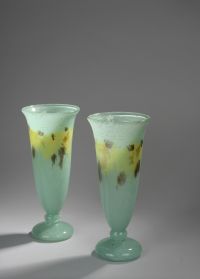 Philocale auctioneer in collaboration with our company specialized in free valuation and free appraisal Authenticite sold at auction a Schneider vase.
SCHNEIDER Charles (1881-1953). » More
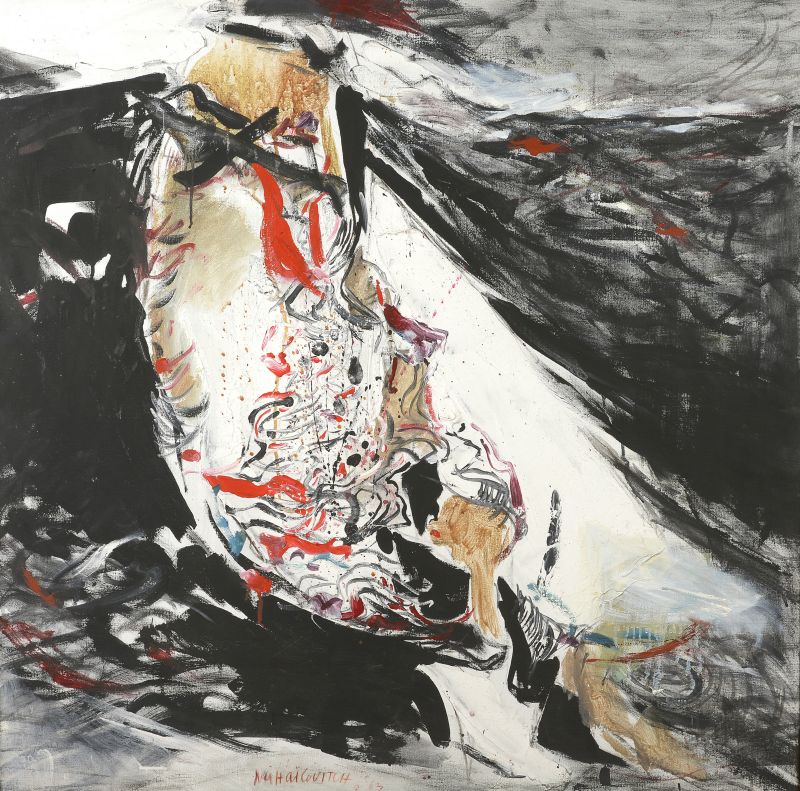 Philocale auctioneer in collaboration with our company specialized in free valuation and free appraisal Authenticite sold at auction a painting by Milorad Mihailovitch.
MIHAILOVITCH Milorad (1923-2011). » More
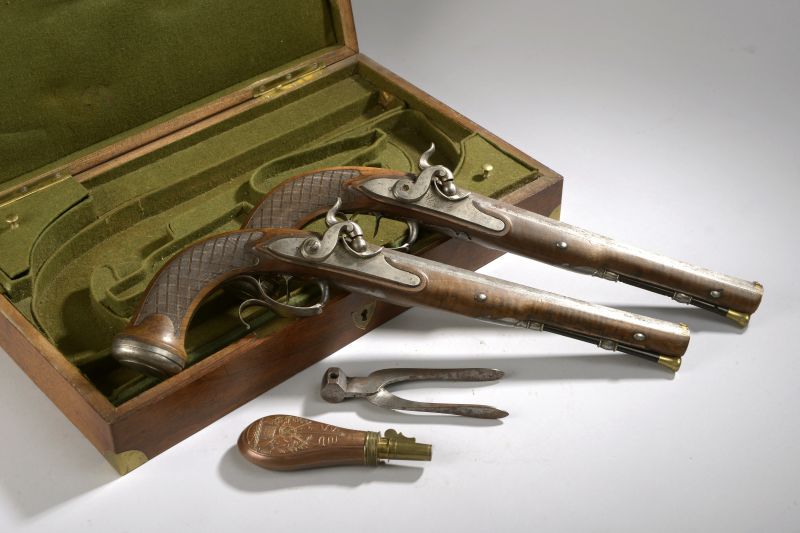 Philocale auctioneer in collaboration with our company specialized in free valuation and free appraisal Authenticite sold at auction a pair of pistols.
Paire de pistolets de tir, à silex transformé à percussion. » More
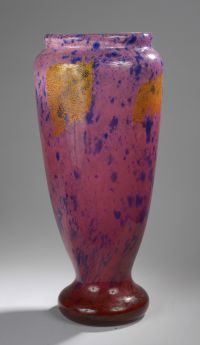 Philocale auctioneer in collaboration with our company specialized in free valuation and free appraisal Authenticite sold at auction a Daum vase.
DAUM. » More
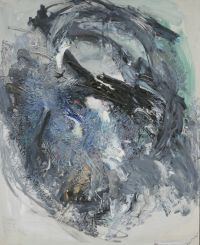 Philocale auctioneer in collaboration with our company specialized in free valuation and free appraisal Authenticite sold at auction a painting by Ida Karskaya.
KARSKAYA Ida (1905-1990), Composition, 1961. » More
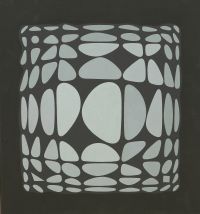 Philocale auctioneer in collaboration with our company specialized in free valuation and free appraisal Authenticite sold at auction a pIainting by Victor Vasarely.
VASARELY Victor (1906-1997) » More
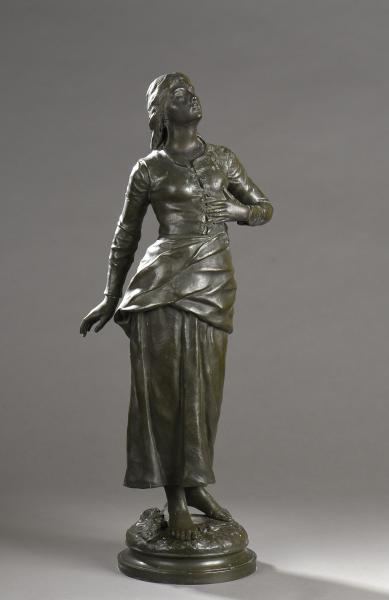 Saturday, January 30, Philocale auctioneer in collaboration with our company specialized in free valuation and free appraisal Authenticite sold at auction a rare bronze by Drouot. » More
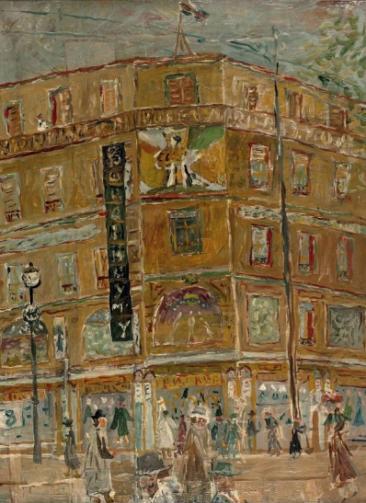 Monday, April 4 at Drouot, Aguttes auction house sold, in collaboration with our company specialized in free valuation and free appraisal, a modern painting signed Pougny. » More
|